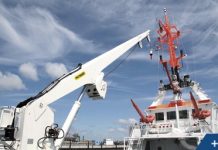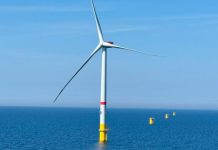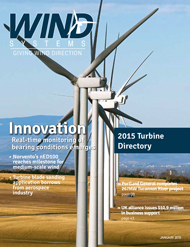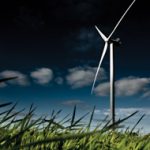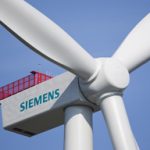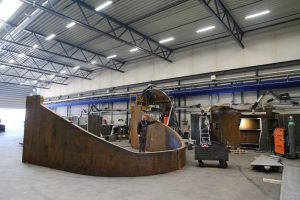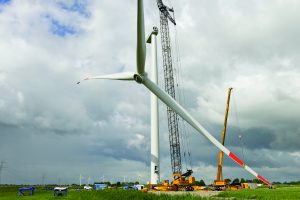A new report from Navigant Research examines the significant forces shaping the global wind power industry’s supply chain, including analyses of more than 500 component and materials suppliers.
During the past two years, more flexible sourcing strategies across the wind power supply chain have resulted in cost reductions, enabling greater geographic market access while reducing risk and ensuring profitability for wind turbine vendors and their partners in the component value chain. Overcapacity, however, persists in most, though not all areas of the supply chain, providing purchasers with more choice, flexibility, and cost control. According to a new report from Navigant Research, while demand in 2014 is projected to be less than 47,000 MW, annual turbine manufacturing capacity, according to vendor estimates, is likely to exceed 71,000 MW.
“Oversupply is allowing wind turbine manufacturers to more easily adjust what components they produce in-house, what is outsourced, and when a blend of both is advantageous for cost, technological, or geographic reasons,” says Jesse Broehl, senior research analyst with Navigant Research. “Although many manufacturing facilities are running at less than full capacity, product innovation, lean manufacturing, and outsourcing are resulting in a highly competitive wind industry ready for the challenges of today’s and tomorrow’s wind markets.”
Blades are a particularly strong area of strategic product evolution and sourcing shifts, according to the report. Turbine manufacturers are making major, capital-intensive investment changes in how blades are designed, what materials are used, the manufacturing processes behind them, and what companies they source from.
The report, “Supply Chain Assessment 2014 – Wind Energy,” examines the significant forces shaping the global wind power industry’s supply chain. The nearly 300-page report examines 11 component categories and profiles more than 300 component suppliers; it also identifies more than 200 suppliers across four groups of materials. Analysis is provided of the top wind turbine vendors and their manufacturing capabilities, supply chain relationships, and technology strategies. Key offerings and the capacity for leading suppliers, located primarily in North America, Europe, Asia Pacific, and Latin America, are quantified. The report also analyzes the major technology trends within each of the component and materials categories, as well as the related manufacturing capacity and supply versus demand dynamics expected through 2018. An Executive Summary of the report is available for free download on the Navigant Research website.
— Source: Navigant Research

















